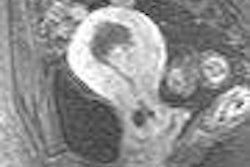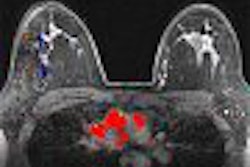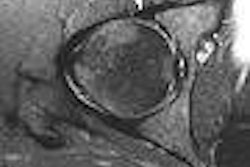One of the classic TV commercials of the 20th century was for Life cereal, featuring a fussy eater named Mikey. In the advertisement, the 4-year-old boy's breakfast mates forced the cereal on him with the boast that Mikey "hates everything." Of course, Mikey turned the tables on them and loved his bowl of Life.
In reality, the negative verbal cue that Mikey received from the other boys may have been enough to predispose him to disliking the cereal -- even if it tasted perfectly fine. Using functional MRI (fMRI), behavioral specialists have found that the brain does not respond solely to input from the taste buds, and that expectations can modulate our perception of how things taste.
"In this study, we measured subjects' responses using fMRI while they tasted solutions that were highly averse (1.0 mM [millimolar] quinine), mildly averse (0.25 mM quinine), neutral (distilled water), mildly pleasant (0.5 M glucose), or highly pleasant (1.2 M glucose).... We found that a simple manipulation of expectancy modulated neural activity in the primary taste cortex in response to (taste)," wrote Jack Nitschke, Ph.D., and colleagues in Nature Neuroscience online (February 5, 2006).
Nitschke and several co-authors are from the University of Wisconsin in Madison. Other study contributors are from Princeton University in New Jersey; Columbia University in New York City; Harvard University in Cambridge, MA; and the University of Texas in Galveston.
Forty-three subjects (mean age of 20.12 years) were recruited for this research and underwent event-related fMRI under varying conditions. Before actually tasting each solution, the participants were given a visual cue indicating whether the taste would be averse or pleasant.
In some cases, the cue did not match the actual solution -- for example, the subject was forewarned that the taste would be mildly bitter, but the solution was actually highly bitter. There were eight experimental scan runs, in which every taste condition was presented four times.
A 3-tesla MR scanner was used (Signa, GE Healthcare, Chalfont St. Giles, U.K.) and the imaging protocol included a three-plane sagittal scan for localization; a T1-weighted inversion recovery, fast gradient-echo sequence for anatomical landmarks; sagittal echoplanar imaging (EPI) scans for quality; and sagittal T2*-weighted blood oxygen level-dependent (BOLD) EPI for the experimental protocol. The functional image data was reconstructed with a Fermi spatial filter to the k-space data.
According to the results, "a simple cue altered behavior and brain responses to a highly aversive taste." In other words, when the subjects were led to believe that a highly averse bitter taste would be only mildly distasteful, they reported it to be less averse. In comparison, if told beforehand that the taste would be very bad, their response was in keeping with their preconceived notions.
In either case, the primary taste cortex was involved and was less strongly activated when expectations matched up with reality, the authors reported. Specifically, "the responders showed less activation to the highly averse taste when the tastant (taste stimuli) was preceded by the (misleading) mildly warning symbol than when it was preceded by the (accurate) averse cue in all four insula and operculum clusters." In addition, the researchers found that the averse taste activated the bilateral insula and operculum more than the neutral taste did.
The same held true for pleasant tastes. If the glucose solution was pegged as highly pleasant, then it was perceived that way. But it was also perceived as highly pleasant if it was initially tagged as mildly pleasant.
Insula activation is also associated with other forms of aversion, such as pain, emotional reactions, and fear conditioning.
"These data show that neural responses to taste in the primary taste cortex are modulated by expectations and not solely by the objective qualities of taste," the authors wrote. "Leading one to believe that something that is less averse results in the down regulation of the insula, which may provide a crucial neural mechanism for the potent impact of expectancy manipulation in psychotherapy, hypnosis, and the placebo effect."
By Shalmali Pal
AuntMinnie.com staff writer
March 22, 2006
Related Reading
Brain spot for body size perception identified, December 6, 2005
You really may be addicted to that chocolate cake, April 21, 2004
Scans show why we always have room for chocolate, August 22, 2003
Copyright © 2006 AuntMinnie.com



















